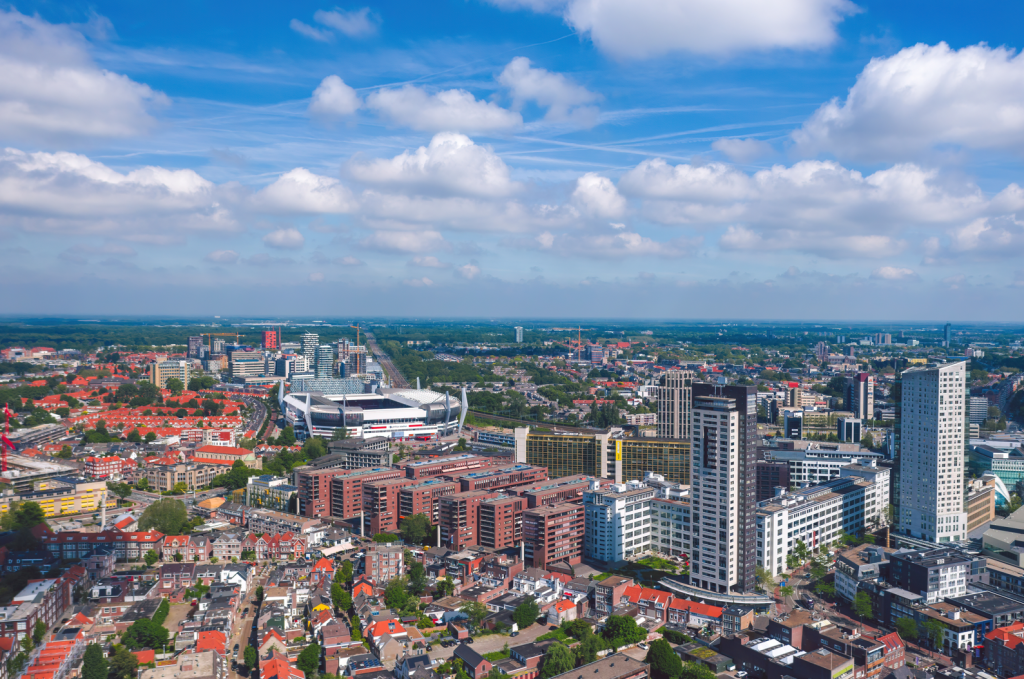Marttje Daling has been working on various projects for the municipality of Steenwijkerland, in the north of the Netherlands. The town of Steenwijk has an old centre with limited space. The question she raised at the beginning of the project focused on the problem of removing traders’ waste bins from the town’s streets. The wheelie bins they use had become part of the streetscape and as well as being unsightly, they could sometimes be foul-smelling too. Individual waste-collection companies were responsible for emptying their own bins, which led to traffic congestion,” explains Marttje Daling.
Similar cities did not really have a solution
“To come to a better arrangement, we started identyfing where the pinch points were,” she continues. “What volumes of waste are involved exactly and what are the alternatives? We also spoke to other municipalities asking how they were dealing with similar issues. Larger towns and cities have introduced white label collections, for example, something for which Steenwijkerland has insufficient capacity. However, neither did similar-sized towns have any concrete solution for the elimination of wheelie-bins from their town-centre streets and for reducing congestion.”










